Front Cover
Electrical Engineering
Copyright Page
Contents
About the Authors
Chapter 1: An Introduction to Electric Circuits
1.1 SI Units
1.2 Charge
1.3 Force
1.4 Work
1.5 Power
1.6 Electrical Potential and e.m.f
1.7 Resistance and Conductance
1.8 Electrical Power and Energy
1.9 Summary of Terms, Units and Their Symbols
1.10 Standard Symbols for Electrical Components
1.11 Electric Current and Quantity of Electricity
1.12 Potential Difference and Resistance
1.13 Basic Electrical Measuring Instruments
1.14 Linear and Nonlinear Devices
1.15 Ohm's Law
1.16 Multiples and Submultiples
1.17 Conductors and Insulators
1.18 Electrical Power and Energy
1.19 Main Effects of Electric Current
Chapter 2: Resistance and Resistivity
2.1 Resistance and Resistivity
2.2 Temperature Coefficient of Resistance
Chapter 3: Series and Parallel Networks
3.1 Series Circuits
3.2 Potential Divider
3.3 Parallel Networks
3.4 Current Division
3.5 Relative and Absolute Voltages
Chapter 4: Capacitors and Inductors
4.1 Introduction to Capacitors
4.2 Electrostatic Field
4.3 Electric Field Strength
4.4 Capacitance
4.5 Capacitors
4.6 Electric Flux Density
4.7 Permittivity
4.8 The Parallel Plate Capacitor
4.9 Capacitors Connected in Parallel and Series
4.10 Dielectric Strength
4.11 Energy Stored
4.12 Practical Types of Capacitors
4.13 Inductance
4.14 Inductors
4.15 Energy Stored
Chapter 5: DC Circuit Theory
5.1 Introduction
5.2 Kirchhoff's Laws
5.3 The Superposition Theorem
5.4 General DC Circuit Theory
5.5 Thévenin's Theorem
5.6 Constant-Current Source
5.7 Norton's Theorem
5.8 Thévenin and Norton Equivalent Networks
5.9 Maximum Power Transfer Theorem
Chapter 6: Alternating Voltages and Currents
6.1 The AC Generator
6.2 Waveforms
6.3 AC Values
6.4 The Equation of a Sinusoidal Waveform
6.5 Combination of Waveforms
6.6 Rectification
Chapter 7: Complex Numbers
7.1 Introduction
7.2 Operations involving Cartesian Complex Numbers
7.3 Complex Equations
7.4 The polar Form of a Complex Number
7.5 Applying Complex Numbers to Series AC Circuits
7.6 Applying Complex Numbers to Parallel AC Circuits
Chapter 8: Transients and Laplace Transforms
8.1 Introduction
8.2 Response of R-C Series Circuit to a Step Input
8.3 Response of R-L Series Circuit to a Step Input
8.4 L-R-C Series Circuit Response
8.5 Introduction to Laplace Transforms
8.6 Inverse Laplace Transforms and the Solution of Differential Equations
Chapter 9: Frequency Domain Circuit Analysis
9.1 Introduction
9.2 Sinusoidal AC Electrical Analysis
9.3 Generalized Frequency Domain Analysis
References
Chapter 10: Digital Electronics
10.1 Semiconductors
10.2 Semiconductor Diodes
10.3 Bipolar Junction Transistors
10.4 Metal-oxide Semiconductor Field-effect Transistors
10.5 The transistor as a Switch
10.6 Gallium Arsenide Semiconductors
10.7 Light-emitting Diodes
10.8 BUF and NOT Functions
10.9 AND, OR, and XOR Functions
10.10 NAND, NOR, and XNOR Functions
10.11 Not a Lot
10.12 Functions Versus Gates
10.13 NOT and BUF Gates
10.14 NAND and AND Gates
10.15 NOR and OR Gates
10.16 XNOR and XOR Gates
10.17 Pass-Transistor Logic
10.18 Combining a Single Variable With Logic 0 or Logic 1
10.19 The Idempotent Rules
10.20 The Complementary Rules
10.21 The Involution Rules
10.22 The Commutative Rules
10.23 The Associative Rules
10.24 Precedence of Operators
10.25 The First Distributive Rule
10.26 The Second Distributive Rule
10.27 The Simplification Rules
10.28 DeMorgan Transformations
10.29 Minterms and Maxterms
10.30 Sum-of-Products and Product-of-sums
10.31 Canonical Forms
10.32 Karnaugh Maps
10.33 Minimization Using Karnaugh Maps
10.34 Grouping Minterms
10.35 Incompletely Specified Functions
10.36 Populating Maps Using 0s versus 1s
10.37 Scalar Versus Vector Notation
10.38 Equality Comparators
10.39 Multiplexers
10.40 Decoders
10.41 Tri-State Functions
10.42 Combinational Versus Sequential Functions
10.43 RS Latches
10.44 D-Type Latches
10.45 D-Type Flip-Flops
10.46 JK and T Flip-Flops
10.47 Shift Registers
10.48 Counters
10.49 Setup and Hold Times
10.50 Brick by Brick
10.51 State Diagrams
10.52 State Tables
10.53 State Machines
10.54 State Assignment
10.55 Don't Care States, Unused States, and Latch-Up Conditions
Chapter 11: Analog Electronics
11.1 Operational Amplifiers Defined
11.2 Symbols and Connections
11.3 Operational Amplifier Parameters
11.4 Operational Amplifier Characteristics
11.5 Operational Amplifier Applications
11.6 Gain and Bandwidth
11.7 Inverting Amplifier With Feedback
11.8 Operational Amplifier Configurations
11.9 Operational Amplifier Circuits
11.10 The Ideal Op-Amp
11.11 The Practical Op-Amp
11.12 Comparators
11.13 Voltage References
Chapter 12: Circuit Simulation
12.1 Types of Analysis
12.2 Netlists and Component Models
12.3 Logic Simulation
Chapter 13: Interfacing
13.1 Mixing Analog and Digital
13.2 Generating Digital Levels From Analog Inputs
13.3 Classic Data Interface Standards
13.4 High Performance Data Interface Standards
Chapter 14: Microcontrollers and Microprocessors
14.1 Microprocessor Systems
14.2 Single-Chip Microcomputers
14.3 Microcontrollers
14.4 PIC Microcontrollers
14.5 Programmed Logic Devices
14.6 Programmable Logic Controllers
14.7 Microprocessor Systems
14.8 Data Representation
14.9 Data Types
14.10 Data Storage
14.11 The Microprocessor
14.12 Microprocessor Operation
14.13 A Microcontroller System
14.14 Symbols Introduced in this Chapter
Chapter 15: Power Electronics
15.1 Switchgear
15.2 Surge Suppression
15.3 Conductors
15.4 Capacitors
15.5 Resistors
15.6 Fuses
15.7 Supply Voltages
15.8 Enclosures
15.9 Hipot, Corona, and BIL
15.10 Spacings
15.11 Metal Oxide Varistors
15.12 Protective Relays
15.13 Symmetrical Components
15.14 Per Unit Constants
15.15 Circuit Simulation
15.16 Simulation Software
15.17 Feedback Control Systems
15.18 Power Supplies
Chapter 16: Signals and Signal Processing
16.1 Origins of Real-World Signals and their Units of Measurement
16.2 Reasons for Processing Real-World Signals
16.3 Generation of Real-World Signals
16.4 Methods and Technologies Available for Processing Real-World Signals
16.5 Analog Versus Digital Signal Processing
16.6 A Practical Example
References
Chapter 17: Filter Design
17.1 Introduction
17.2 Passive Filters
17.3 Active Filters
17.4 First-Order Filters
17.5 Design of First-Order Filters
17.6 Second-Order Filters
17.7 Using the Transfer Function
17.8 Using Normalized Tables
17.9 Using Identical Components
17.10 Second-Order High-Pass Filters
17.11 Bandpass Filters
17.12 Switched Capacitor Filter
17.13 Monolithic Switched Capacitor Filter
17.14 The Notch Filter
17.15 Choosing Components for Filters
17.16 Testing Filter Response
17.17 Fast Fourier Transforms
17.18 Digital Filters
References
Chapter 18: Control and Instrumentation Systems
18.1 Introduction
18.2 Systems
18.3 Control Systems Models
18.4 Measurement Elements
18.5 Signal Processing
18.6 Correction Elements
18.7 Control Systems
18.8 System Models
18.9 Gain
18.10 Dynamic Systems
18.11 Differential Equations
18.12 Transfer Function
18.13 System Transfer Functions
18.14 Sensitivity
18.15 Block Manipulation
18.16 Multiple Inputs
Chapter 19: Communications Systems
19.1 Introduction
19.2 Analog Modulation Techniques
19.3 The Balanced Modulator/Demodulator
19.4 Frequency Modulation and Demodulation
19.5 FM Modulators
19.6 FM Demodulators
19.7 Digital Modulation Techniques
19.8 Information Theory
19.9 Applications and Technologies
References
Chapter 20: Principles of Electromagnetics
20.1 The Need for Electromagnetics
20.2 The Electromagnetic Spectrum
20.3 Electrical Length
20.4 The Finite Speed of Light
20.5 Electronics
20.6 Analog and Digital Signals
20.7 RF Techniques
20.8 Microwave Techniques
20.9 Infrared and the Electronic Speed Limit
20.10 Visible Light and Beyond
20.11 Lasers and Photonics
20.12 Summary of General Principles
20.13 The Electric Force Field
20.14 Other Types of Fields
20.15 Voltage and Potential Energy
20.16 Charges in Metals
20.17 The Definition of Resistance
20.18 Electrons and Holes
20.19 Electrostatic Induction and Capacitance
20.20 Insulators (dielectrics)
20.21 Static Electricity and Lightning
20.22 The Battery Revisited
20.23 Electric Field Examples
20.24 Conductivity and Permittivity of Common Materials
References
Chapter 21: Magnetic Fields
21.1 Moving Charges: Source of All Magnetic Fields
21.2 Magnetic Dipoles
21.3 Effects of the Magnetic Field
21.4 The Vector Magnetic Potential and Potential Momentum
21.5 Magnetic Materials
21.6 Magnetism and Quantum Physics
References
Chapter 22: Electromagnetic Transients and EMI
22.1 Line Disturbances
22.2 Circuit Transients
22.3 Electromagnetic Interference
Chapter 23: Traveling Wave Effects
23.1 Basics
23.2 Transient Effects
23.3 Mitigating Measures
Chapter 24: Transformers
24.1 Voltage and Turns Ratio
Chapter 25: Electromagnetic Compatibility (EMC)
25.1 Introduction
25.2 Common Terms
25.3 The EMC Model
25.4 EMC Requirements
25.5 Product design
25.6 Device Selection
25.7 Printed Circuit Boards
25.8 Interfaces
25.9 Power Supplies and Power-Line Filters
25.10 Signal Line Filters
25.11 Enclosure Design
25.12 Interface Cable Connections
25.13 Golden Rules for Effective Design for EMC
25.14 System Design
25.15 Buildings
25.16 Conformity Assessment
25.17 EMC Testing and Measurements
25.18 Management Plans
References
Appendix A: General Reference
A.1 Standard Electrical Quantities—Their Symbols and Units
Appendix B
B.1 Differential Equations
Index
A
B
C
D
E
F
G
H
I
J
K
L
M
N
O
P
Q
R
S
T
U
V
W
X
Z
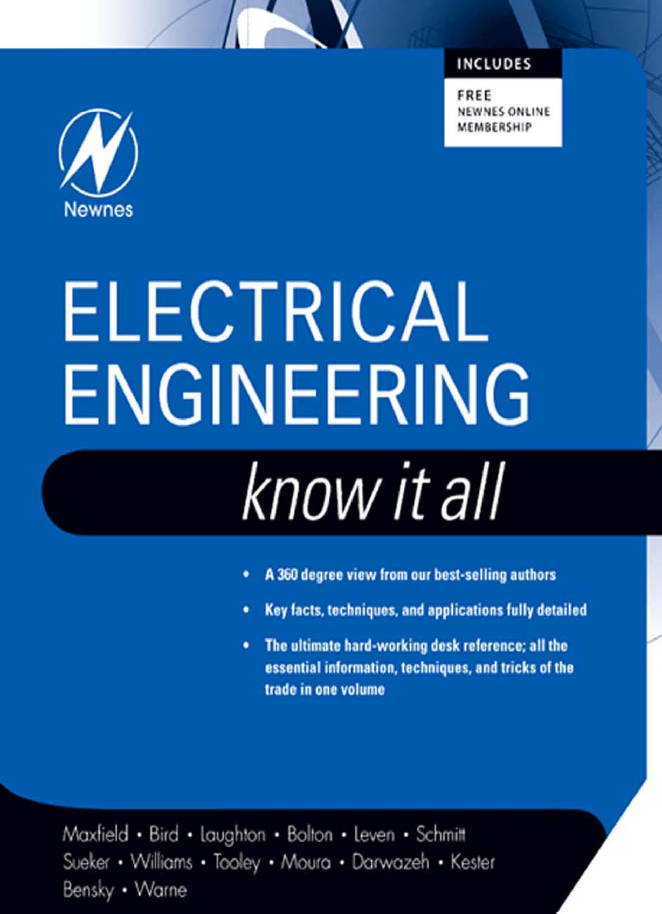
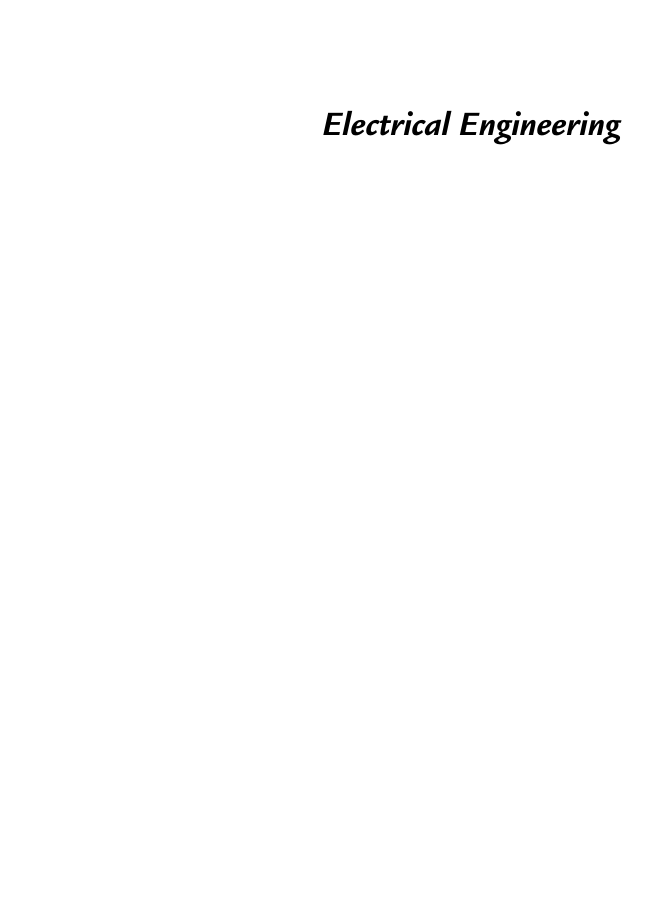
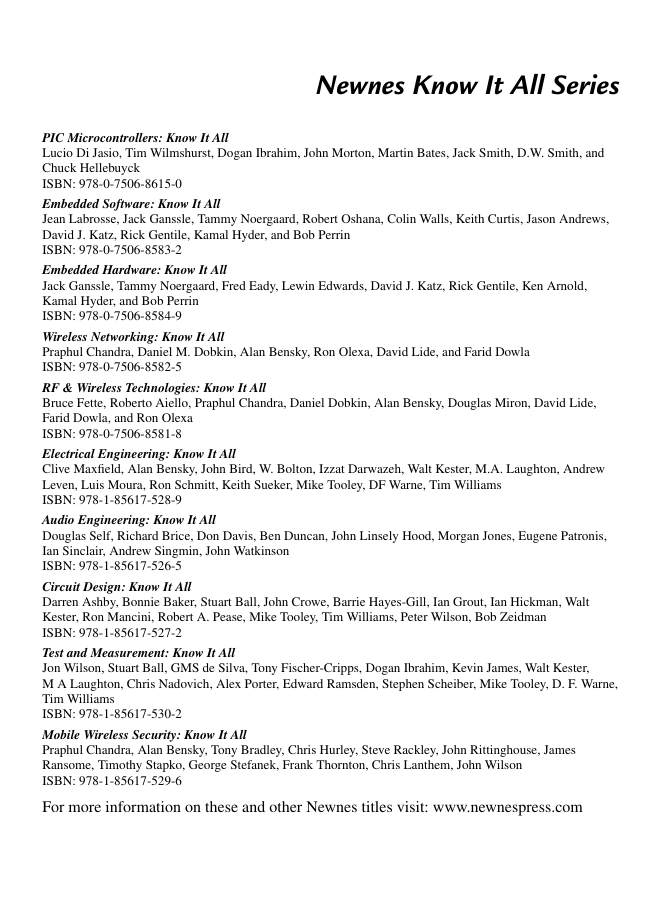
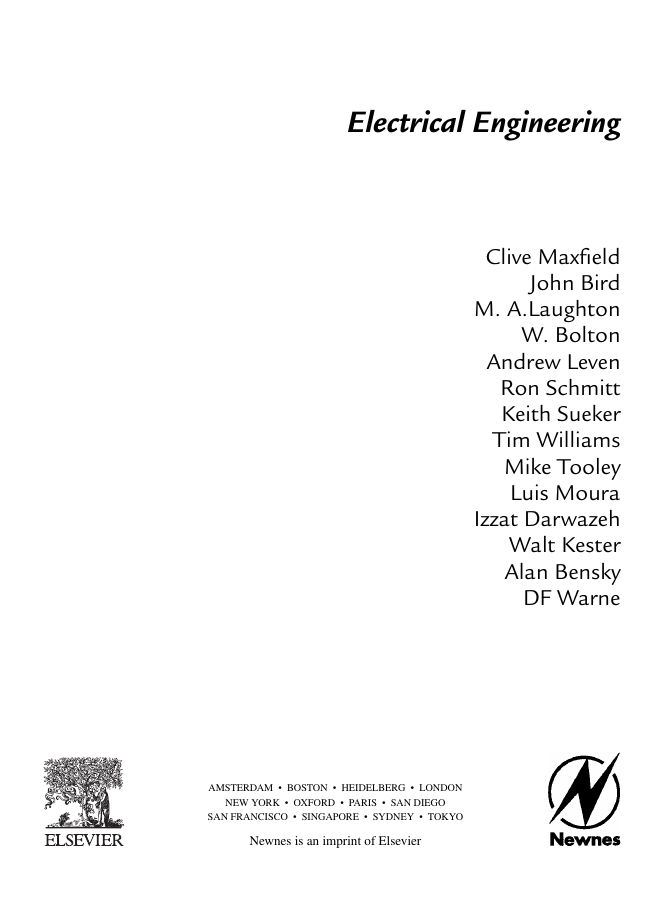
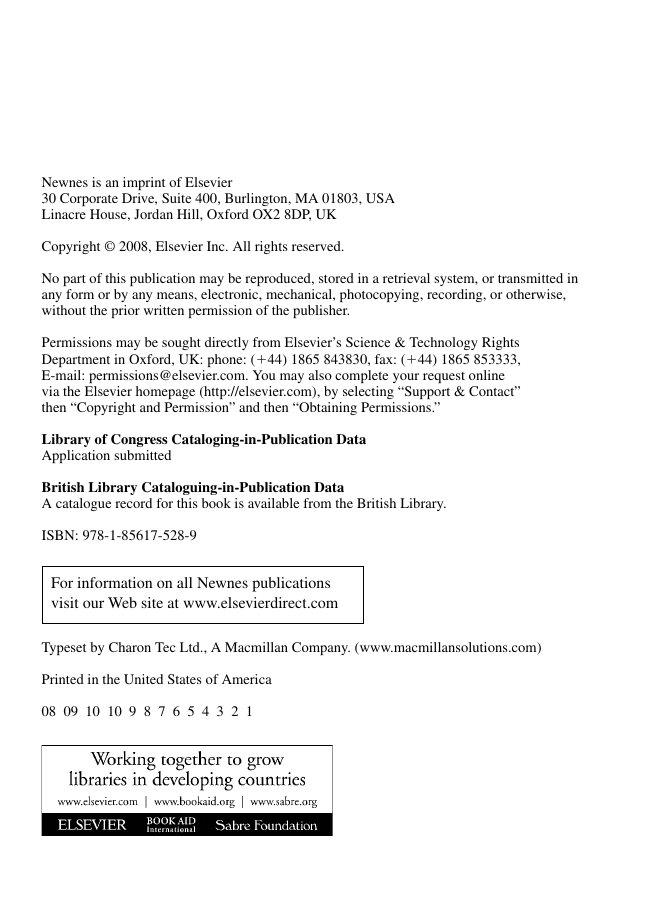
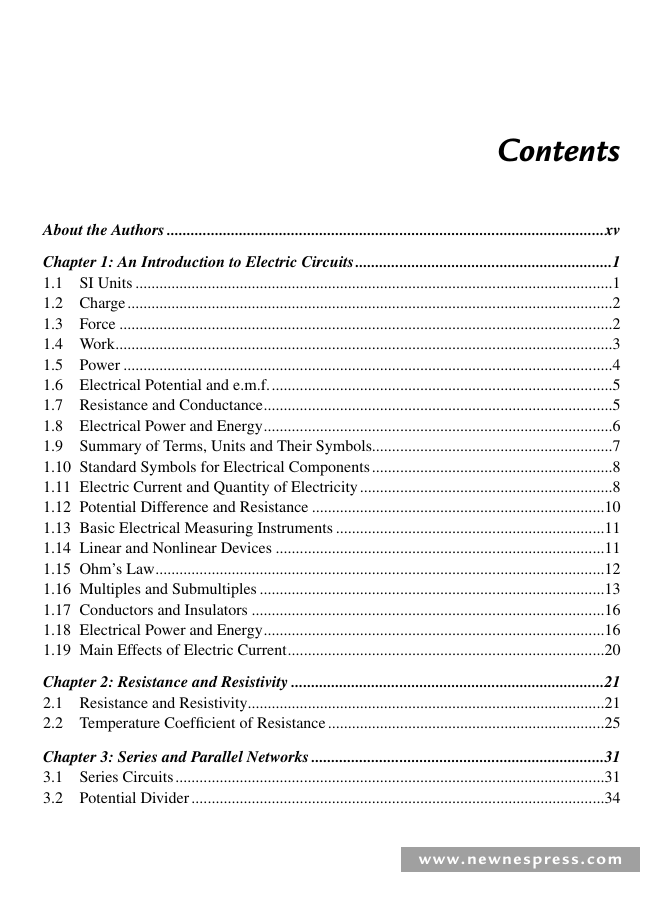
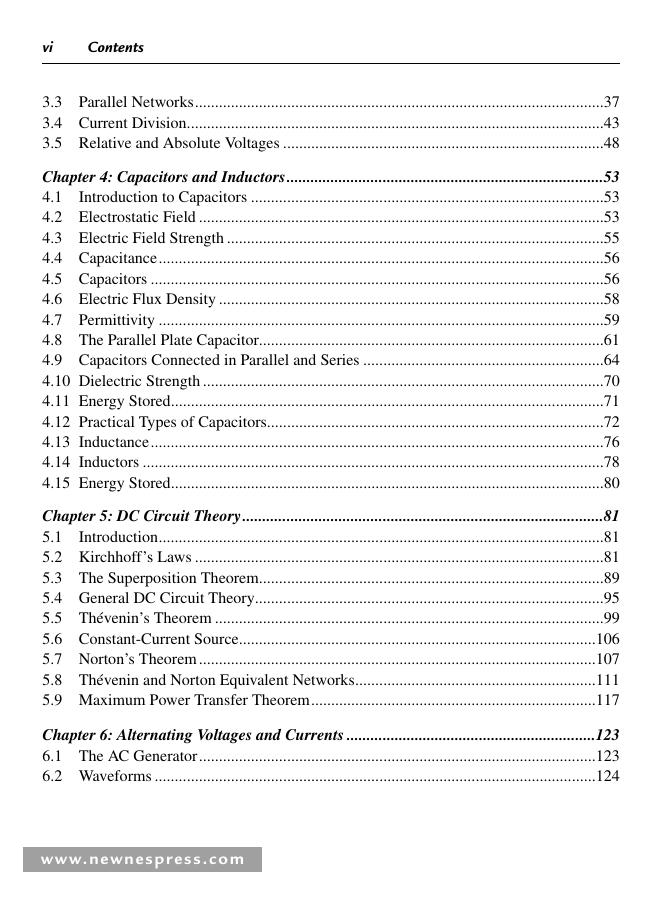









 2023年江西萍乡中考道德与法治真题及答案.doc
2023年江西萍乡中考道德与法治真题及答案.doc 2012年重庆南川中考生物真题及答案.doc
2012年重庆南川中考生物真题及答案.doc 2013年江西师范大学地理学综合及文艺理论基础考研真题.doc
2013年江西师范大学地理学综合及文艺理论基础考研真题.doc 2020年四川甘孜小升初语文真题及答案I卷.doc
2020年四川甘孜小升初语文真题及答案I卷.doc 2020年注册岩土工程师专业基础考试真题及答案.doc
2020年注册岩土工程师专业基础考试真题及答案.doc 2023-2024学年福建省厦门市九年级上学期数学月考试题及答案.doc
2023-2024学年福建省厦门市九年级上学期数学月考试题及答案.doc 2021-2022学年辽宁省沈阳市大东区九年级上学期语文期末试题及答案.doc
2021-2022学年辽宁省沈阳市大东区九年级上学期语文期末试题及答案.doc 2022-2023学年北京东城区初三第一学期物理期末试卷及答案.doc
2022-2023学年北京东城区初三第一学期物理期末试卷及答案.doc 2018上半年江西教师资格初中地理学科知识与教学能力真题及答案.doc
2018上半年江西教师资格初中地理学科知识与教学能力真题及答案.doc 2012年河北国家公务员申论考试真题及答案-省级.doc
2012年河北国家公务员申论考试真题及答案-省级.doc 2020-2021学年江苏省扬州市江都区邵樊片九年级上学期数学第一次质量检测试题及答案.doc
2020-2021学年江苏省扬州市江都区邵樊片九年级上学期数学第一次质量检测试题及答案.doc 2022下半年黑龙江教师资格证中学综合素质真题及答案.doc
2022下半年黑龙江教师资格证中学综合素质真题及答案.doc